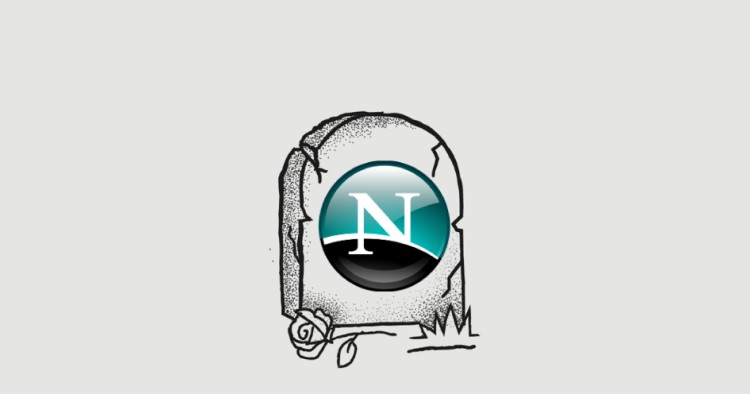
About The Product Graveyard Series
“It's said that a wise person learns from his mistakes. A wiser one learns from others' mistakes.” - John C. Maxwell
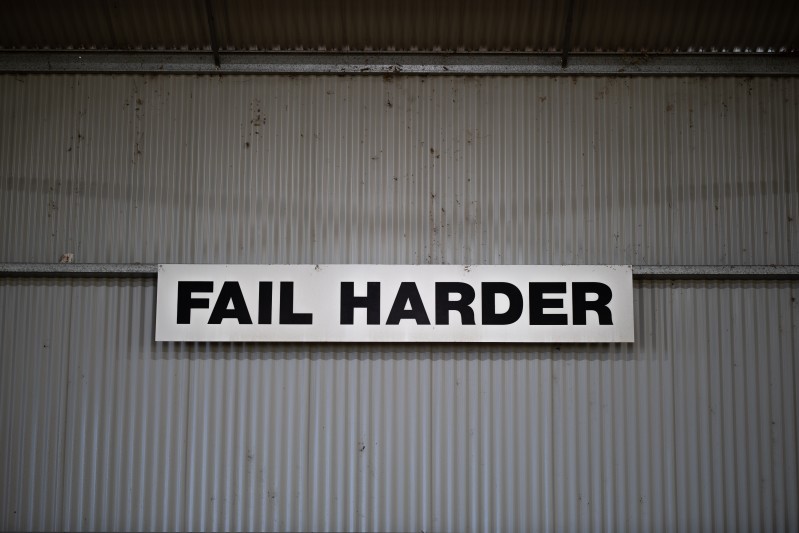
Every two weeks, we’ll pick one product that failed and had to shut shop, dissect its journey, and figure out what went wrong.
Our first featured product in this series seems to have a textbook startup fairytale - a disruptive product, fierce competition, and a humongous payout.
It was one of the first and most significant products to shape the internet as we know it.
While it initially dominated its market, it ultimately succumbed to what’s famously called the “browser wars” after a long hard battle peppered with poor product decisions.
Presenting to you:
Netscape Navigator
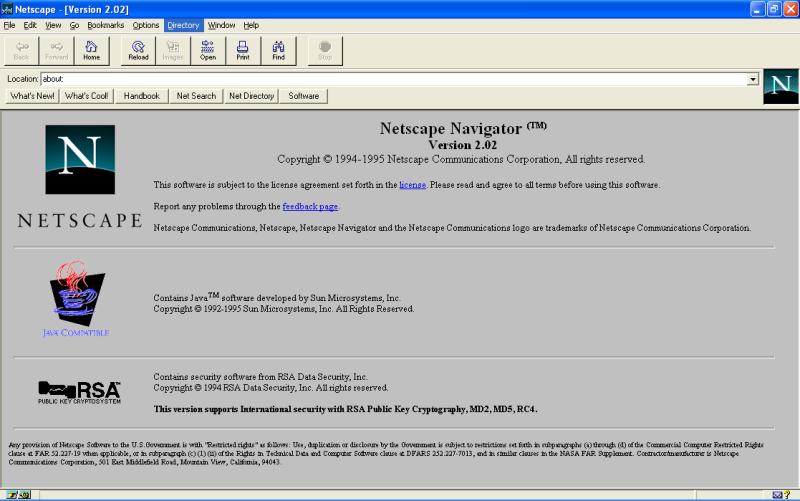
The Timeline - What exactly happened?
April 1994
Marc Andreessen and Jim Clark found Mosaic Communications Corporation, with the help of former SGI (Silicon Graphics, Inc.) and NCSA (National Center for Supercomputing Applications) employees.
They make a 20-paged pitch for an online gaming network for Nintendo. The deal, however, doesn’t come through.
October 1994
The company launches its first product, “Mosaic Netscape 0.9”, a web browser. It takes over three-quarters of the browser market within three months of launching.

“Mosaic is well on its way to becoming the world's standard interface.”
Subsequently, the team renames the browser as “Netscape Navigator” and the company as “Netscape.”
August 1995
Netscape bags a successful IPO, with a market value of $2.9 billion. Marc Andreessen makes it to the cover of Time magazine.
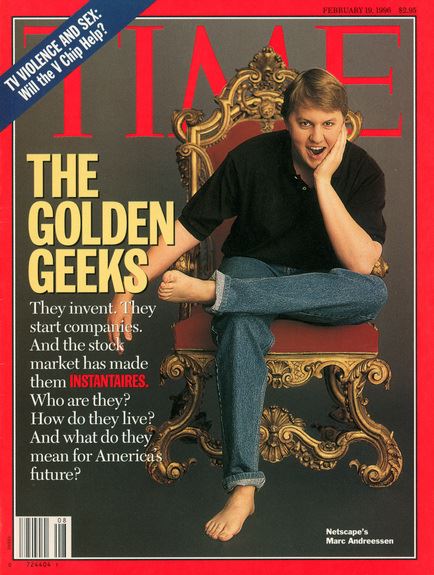
August 1995
Microsoft releases Internet Explorer 1.0. It soon pushes out numerous consecutive versions of Internet Explorer and not charging the users for any of them.
September 1995
Netscape Navigator 2.0 is released. Along with Netscape Mail, a full mail reader, it evolves from just a web browser to an Internet Suite. It is only free for home and educational use and charges a license fee for businesses.
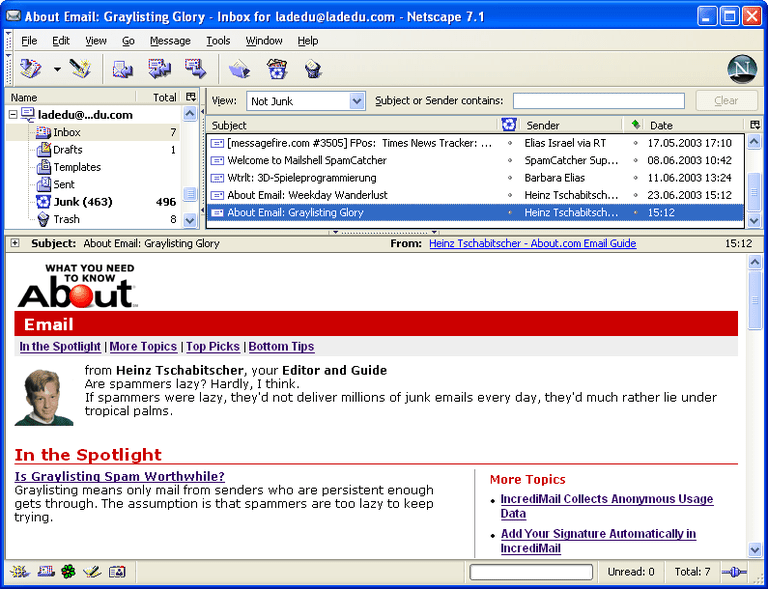
November 1995
Internet Explorer 2.0 is launched as a free download and is available for all Windows users free of charge, unlike Netscape Navigator. Soon other competitors like InterAp, Quarterdeck Browser, and the like follow suit by offering their products for free.
For the next couple of years, Internet Explorer and Netscape Navigator continue to add several new features and release newer versions at a fast pace, attempting to outdo each other. This period comes to know as the first “Browser War.”
August 1996
Microsoft releases Internet Explorer 3.0, which achieves a feature-for-feature parity with Netscape Navigator. Netscape 3.0 introduces numerous features like table background colors, new plug-ins, archives, etc. Netscape Navigator still remains the undisputed leader of web browsers.
June 1997
Netscape launches its version 4.0 with more features and renames the suite to Netscape Communicator.
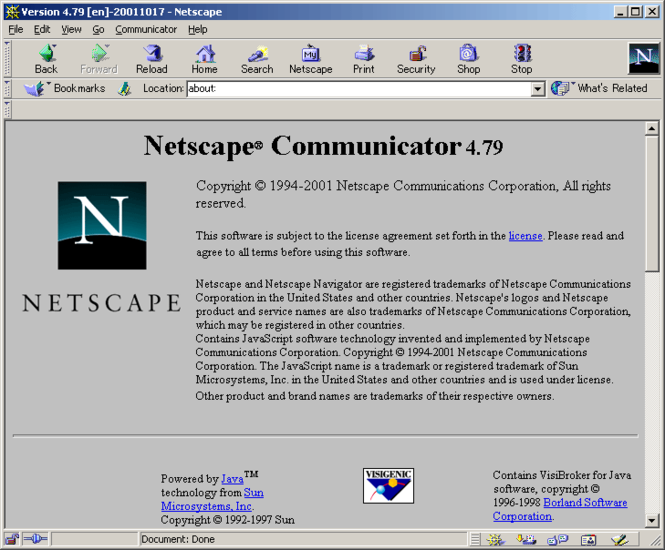
The Communicator suite includes Netscape Navigator, Netscape Address Book, Netscape Mail and Newsgroups, and Netscape Composer. The new version manages to hold the top spot, while competition from Internet Explorer keeps growing and problems keep arising with the outdated browser core.
October 1997
Internet Explorer 4.0 is released, and with it, the tides change in the browser war. Being natively bundled with every copy of Microsoft Windows as the default browser (which by then owned over 90% of the desktop market), Internet Explorer wins a large installation base by default.
January 1998
Netscape increasingly gets criticized for product bugs and feature creep.
Netscape announces that all future versions will be free of charge and open-source Mozilla projects. Netscape Communicator 5.0 suffers a massive delay from the announced date, loses public trust, and suffers a large layoff.
November 1998
The newly-launched Internet Explorer 5.0 becomes the market leader.
Netscape 5.0 is canceled in order to develop a totally new program from scratch. AOL acquires Netscape for $4.2 billion.
October 2007
Netscape Navigator 9 is released based on Firefox 2. By then, the market is split between Internet Explorer (77.4%), Firefox (16%), and Netscape (0.6%).
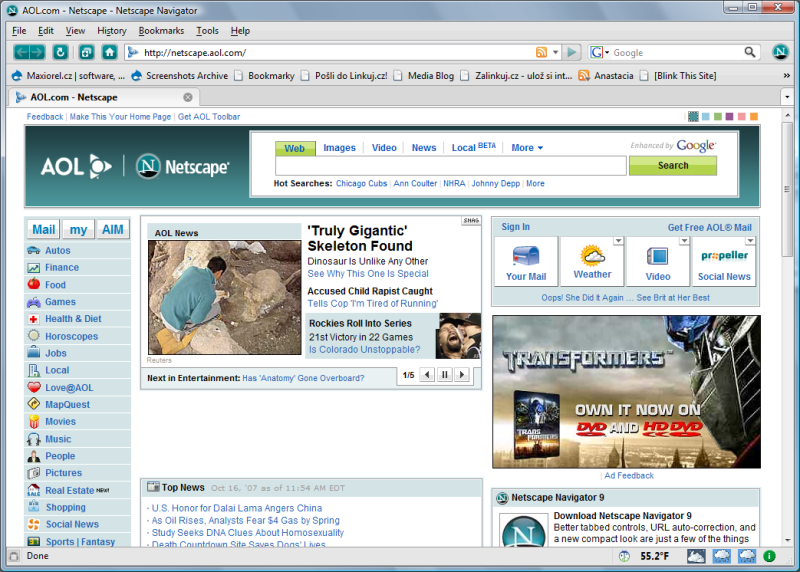
December 2007
AOL announces that it is dropping support for Netscape and will no longer release further versions.
The Reasons - Why did it fail?
Even though Microsoft’s distribution and pricing wins did play a role in Netscape’s downfall, its regrettable product development decisions.
Product Strategy Mistake
After Netscape 4.0, the team decided to rewrite the code from scratch.
This lead to version 5.0 never being released and Netscape 6.0 released after almost three long years. This period was enough for competitors to take over the market, with Netscape’s market share hitting rock bottom.
To make matters worse, 6.0 was actually released prematurely because of pressure from AOL before it was ready, which, in turn, led to its major flop.
“The old mantra ‘build one to throw away’ is dangerous when applied to large-scale commercial applications. If you are writing code experimentally, you may want to rip up the function you wrote last week when you think of a better algorithm. That’s fine. You may want to refactor a class to make it easier to use. That’s fine, too. But throwing away the whole program is a dangerous folly, and if Netscape actually had some adult supervision with software industry experience, they might not have shot themselves in the foot so badly.” - Joel Spolsky, Software engineer and co-founder, Glitch
Poor Product Planning
Because of the constant race with Internet Explorer, Netscape Navigator kept adding features with virtually no break.
This hindered the re-architecture time for the team, and by version 4.0, the codebase became a huge pile of a tangled mess that made Quality Assurance difficult.
Consequently, all the following versions turned out to offer buggy experiences, pushing the users towards Internet Explorer (which, on the other hand, kept improving its performance, stability, and speed with newer versions).
“In January 1998, Netscape hit one of its blackest periods -- the first round of layoffs… At this point, I strongly believed that Netscape was no longer capable of shipping products. Netscape's engineering department had lost the single-minded focus we once had on shipping something useful and doing it fast. That was no longer happening. Netscape was shipping garbage and shipping it late.” - Jamie Zawinski, Former engineer, Netscape
Feature bloat
Instead of focusing on the browser and avoiding feature bloat, Netscape lost its focus and tried to instead build a communication tool.
Seeing Netscape 2.0’s basic mail reader turning out to be a huge success, the team decided to build enterprise groupware.
A third-party company called Collabra was brought in to do this, which went on to take over the product development and bloated the codebase.
Because of the severe release delays, the bugfix patch release 2.1 became 3.0, and 3.0 became 4.0.
"Now the problem here is that the product's direction changed utterly. Our focus in the client group had always been to build products and features that people wanted to use - That we wanted to use. That our moms wanted to use. ‘Groupware’ is all about things like ‘workflow,’ which means, ‘the chairman of the committee has emailed me this checklist, and I'm done with item 3, so I want to check off item 3, so this document must be sent back to my supervisor to approve the fact that item 3 is changing from `unchecked' to `checked,' and once he does that, it can be directed back to committee for review.’ Nobody cares about that shit. Nobody you'd want to talk to, anyway.” - Jamie Zawinski
What can we learn from Netscape?
If we have to sum up all that went wrong with Netscape’s product in a single sentence, it would be: lack of focus leads to poor product development decisions, which, in turn, bloat the product with unnecessary features that consequently cause the product direction to go haywire and ultimately its demise.
Netscape brought the internet to households. They pioneered in shaping the World Wide Web. They started off with a vision to change the world, they believed in it, and they did it. Until they didn’t.
“By the time AOL stepped in, Netscape had transformed from a Web browser and server software company into a hybrid of the Netcenter portal, enterprise and server software that basically provided e-commerce applications, and (oh yeah!) they still were (kinda sorta) a browser company.” - Elliot Zaret, ZDNet
Instead of doubling down on their already solidified vision and early headstart as owners of the web browser homepage, they got sidetracked into other poorly-backed product direction changes.
Added a chock full of unnecessary features that resulted not just in appalling release delays but also a severely buggy product that nobody wanted to use anymore.
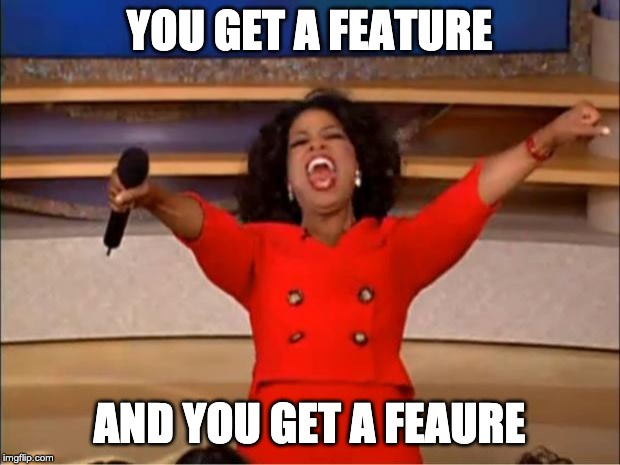
Find the one product vision that you absolutely believe in, and stick by it, until the very end.
Having your product vision and long-term plan on a sharable, visual roadmap can be insanely helpful in helping you not lose focus. Distractions and the lack of focus kills companies, especially in the startup phase.
You can use a tool like airfocus to keep yourself and your team grounded in your product vision and use the prioritization features/templates to make better decisions.
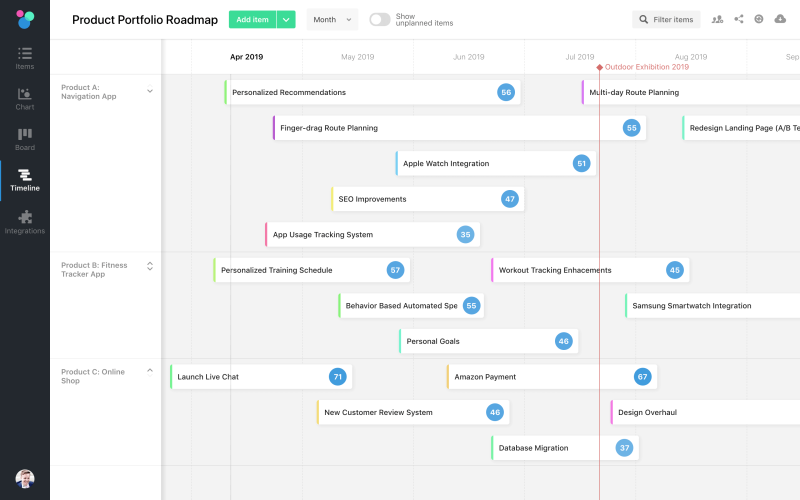
Say no to every other direction and focus on your one true north, despite all the distractions from your competitors around, even if one of them is Microsoft.

Andrei Tiburca
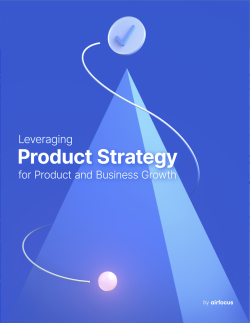
Read also





Create effective product strategy

Experience the new way of doing product management



